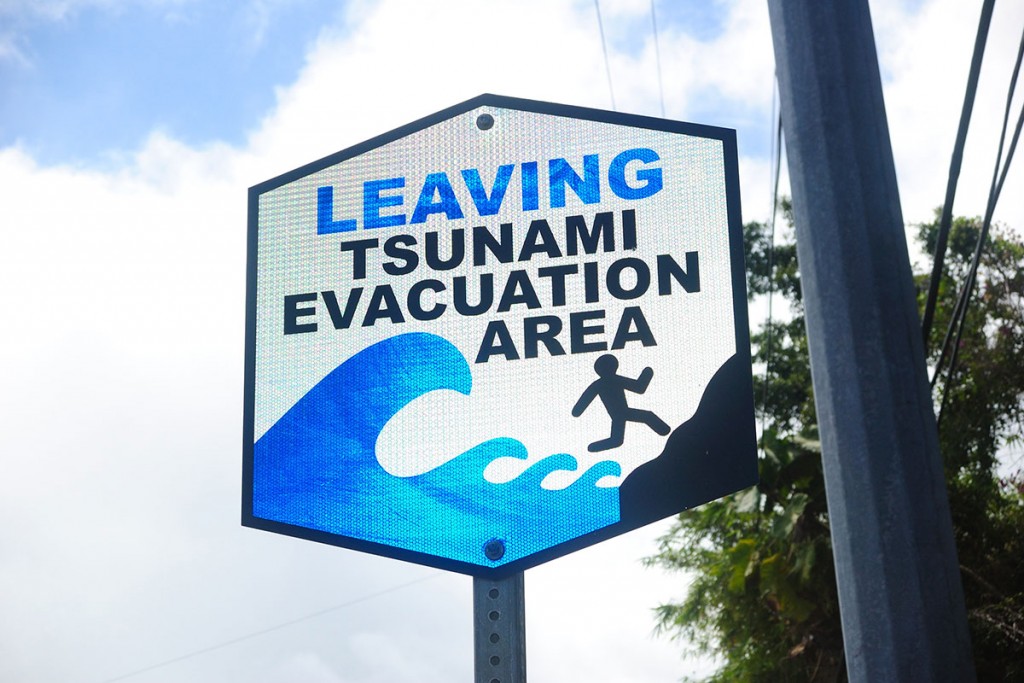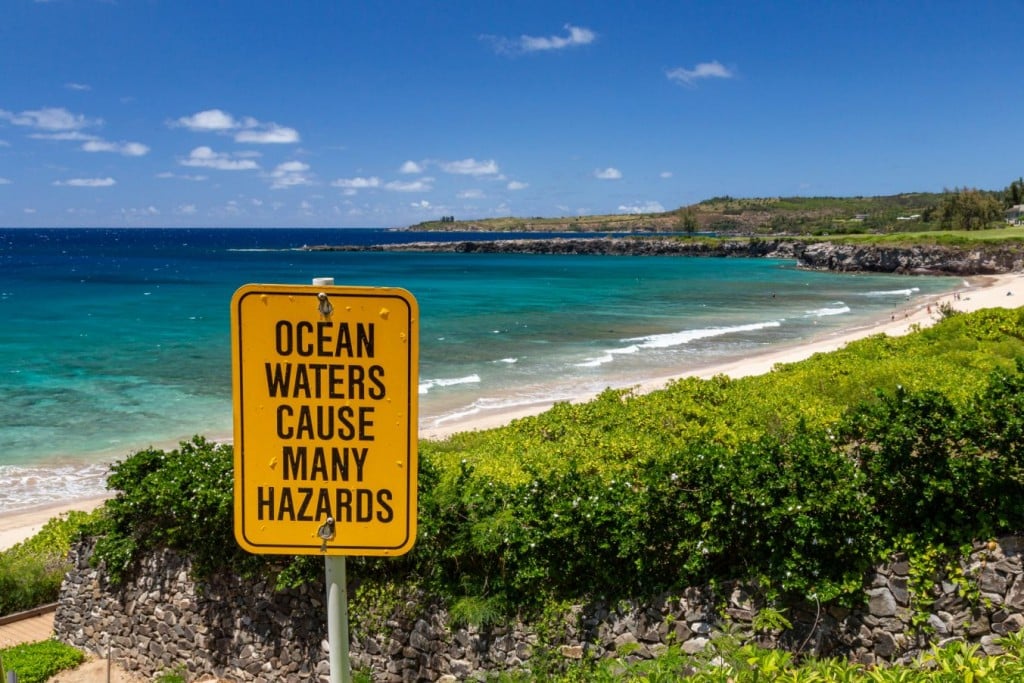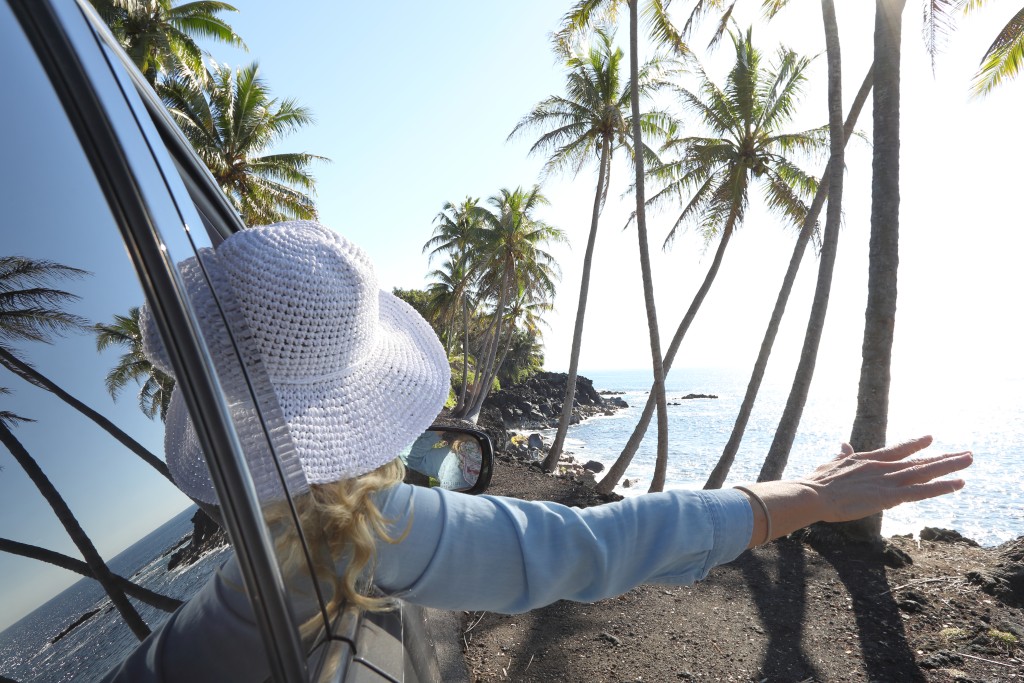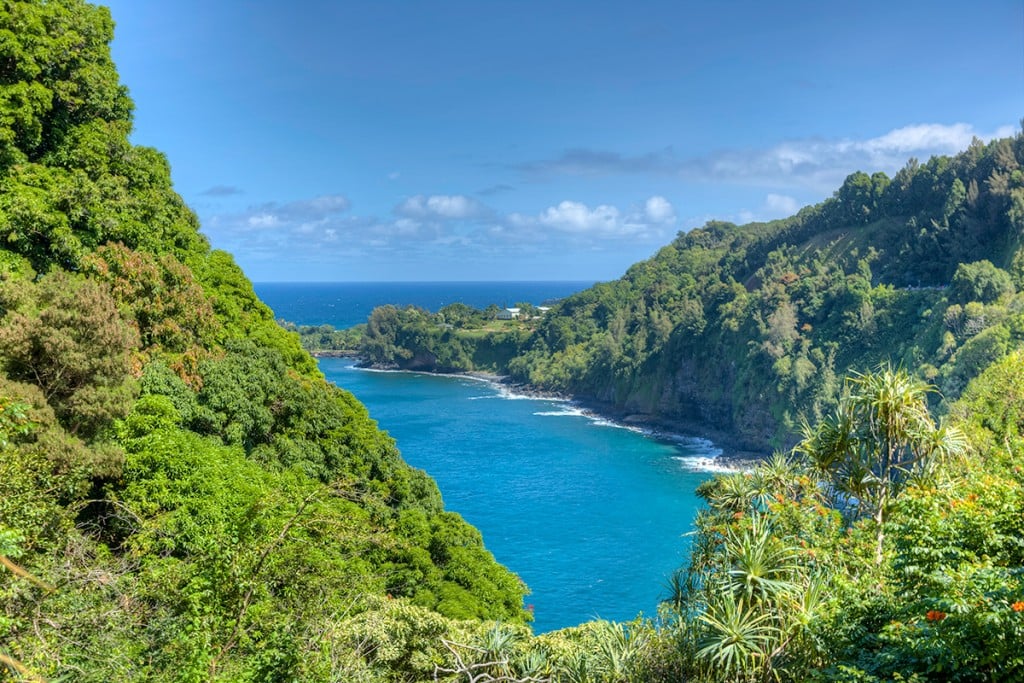Visitors in Hawaii: What to do during a tsunami watch or warning
Check these resources if you're staying in the Islands when a tsunami warning does occur.

Tsunami watches and warnings occur on occasion in Hawaii when there are strong earthquakes in the Pacific Ocean and along the Pacific Rim, including the Pacific Northwest and the South American coastline. The most destructive ones being the 1940, 1946 and 1960 tsunamis in Hilo, which came from Alaska, Chile and off the coast of Hawaii Island, respectively. There hasn’t been any significant damage from tsunamis in the last 35 years, but that doesn’t mean that it shouldn’t be taken seriously.
For those of you staying in the Islands when a tsunami warning does occur, we’ve provided a list of resources below to track the watches or warnings as they happen. We also recommend talking to your hotel’s front desk to learn about its emergency plans.
Websites
Pacific Tsunami Warning Center: An offshoot of the National Oceanic and Atmospheric Administration (NOAA) with the latest news on tsunami developments in the Pacific Ocean.
Hawaii News Now: Most-watched broadcast news organization in Hawaii.
Hawaii Emergency Management Agency: What do to in an emergency situation caused by a natural disaster.
Tsunami Evacuation Map: Use this resource to find out if you’re in a tsunami flood zone and where to find higher ground.
Hawaii Tourism Authority: A resource for visitors and the industry to see what is the proper course of action in the event of an emergency.
@HawaiiNewsNow: Most-watched broadcast news organization in Hawaii.
@NWS_PTWC: Tweets by the National Weather Service to disseminate information, promote weather awareness activities and update the public.
@NOAA: National Ocean and Atmospheric Administration official tweets.
Radio
NOAA Weather Radio Broadcasts: The radio program broadcasts on frequencies 162.400 (channel 1), 162.450 (channel 3), and 162.550 (channel 7) and you can purchase weather radios at local electronics stores.


